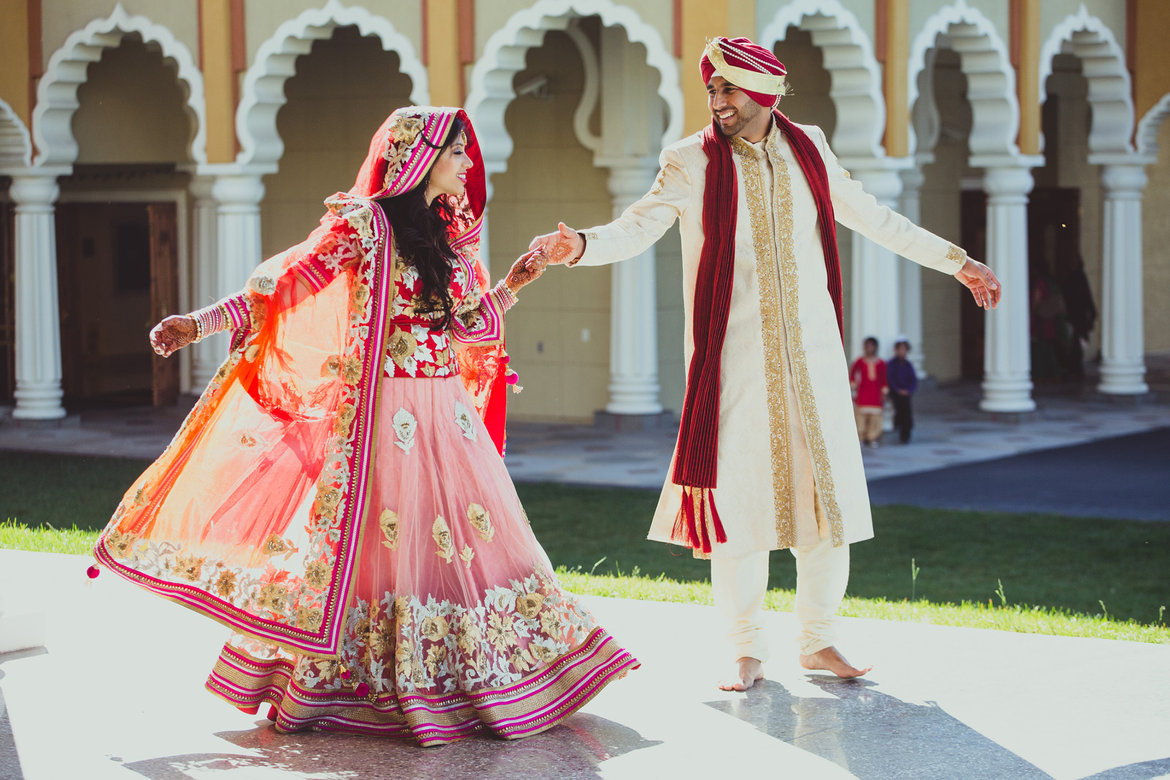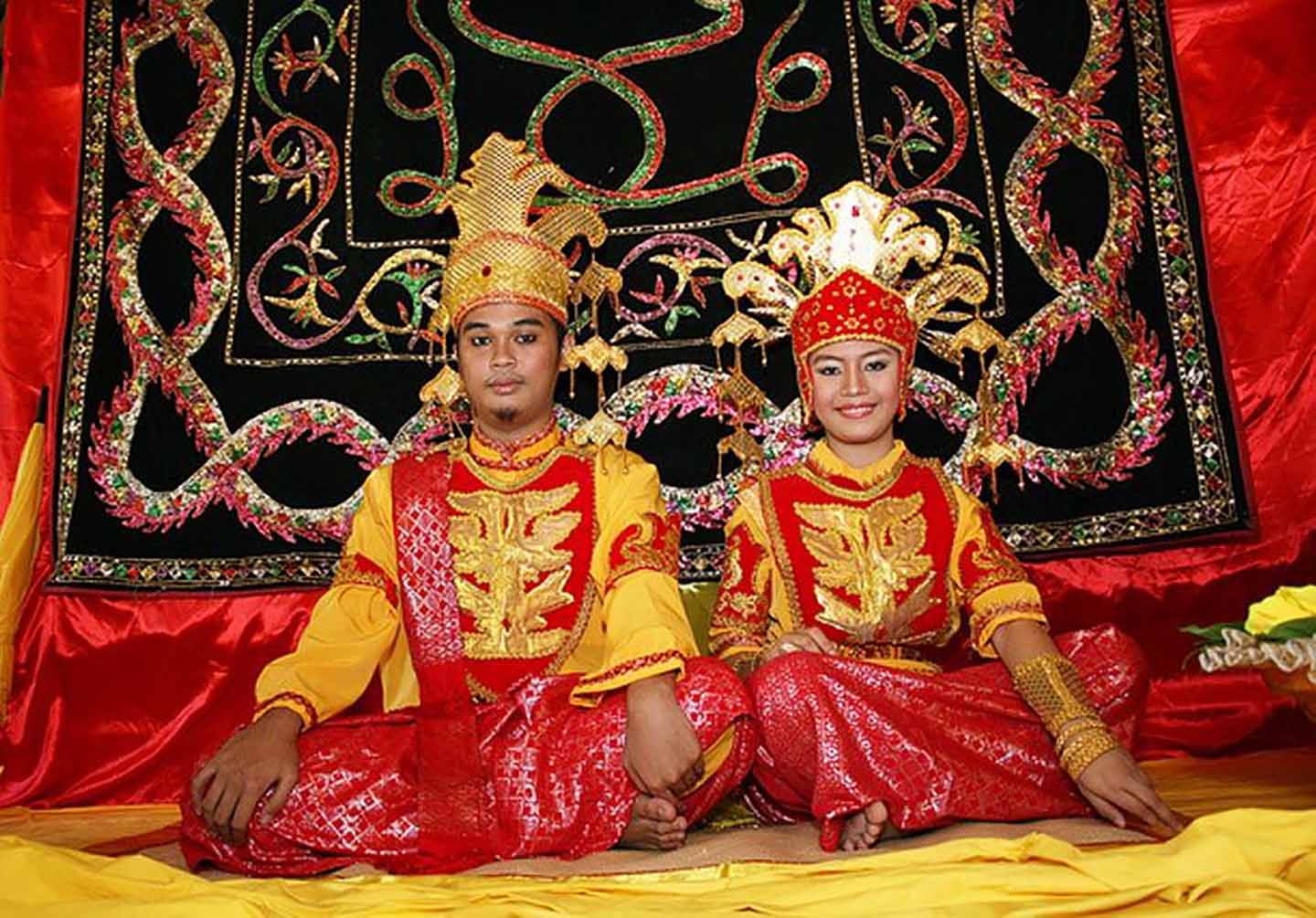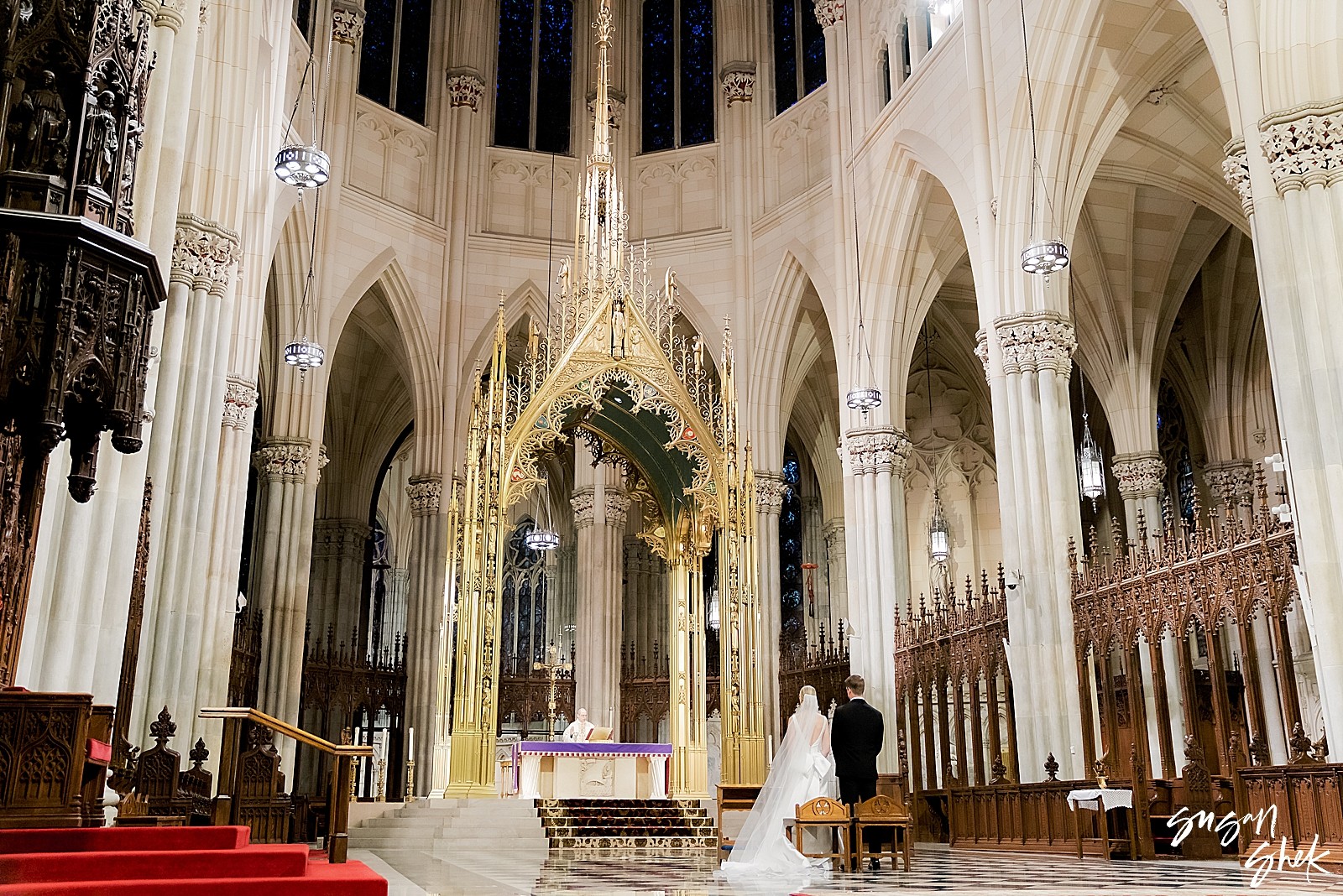Wedding Traditions

Pre-Wedding Customs

- Engagement: The groom proposes to the bride with a ring, and if she accepts, they become engaged.
- Bridal shower: A party thrown by the bride’s friends and family to shower her with gifts for her new home.
- Bachelor party: A party thrown by the groom’s friends to celebrate his last night of freedom.
- Rehearsal dinner: A meal held the night before the wedding, attended by the wedding party and their families.
Wedding Ceremony Traditions

- Processional: The bridesmaids and groomsmen escort the bride and groom down the aisle.
- Vows: The bride and groom exchange vows, promising to love and cherish each other.
- Ring exchange: The bride and groom place rings on each other’s fingers, symbolizing their commitment.
- Kiss: The bride and groom share their first kiss as a married couple.
- Recessional: The bride and groom leave the ceremony together.
Post-Wedding Customs
- Reception: A party held after the ceremony to celebrate the marriage.
- First dance: The bride and groom share their first dance as a married couple.
- Father-daughter dance: The bride and her father share a dance, symbolizing his role in her life.
- Mother-son dance: The groom and his mother share a dance, symbolizing her role in his life.
- Cutting the cake: The bride and groom cut the wedding cake together, symbolizing the sweetness of their marriage.
- Garter toss: The groom removes the bride’s garter and tosses it to the single men at the reception.
- Bouquet toss: The bride throws her bouquet over her head, and the woman who catches it is said to be the next to marry.
- Send-off: The bride and groom leave the reception together, often to the sound of cheers and well wishes from their guests.
Other Wedding Traditions
- Wedding dress: The bride traditionally wears a white dress, symbolizing purity and innocence.
- Tuxedo: The groom traditionally wears a tuxedo, symbolizing formality and elegance.
- Bridesmaids: The bride’s closest friends or family members serve as bridesmaids, helping her prepare for the wedding and standing by her side on her big day.
- Groomsmen: The groom’s closest friends or family members serve as groomsmen, helping him prepare for the wedding and standing by his side on his big day.
- Flower girl: A young girl, often related to the bride or groom, scatters flowers down the aisle ahead of the bride.
- Ring bearer: A young boy, often related to the bride or groom, carries the wedding rings down the aisle.
- Wedding cake: The wedding cake is a symbol of sweetness and prosperity, and is often cut and shared by the bride and groom.## Wedding Traditions
Executive Summary
Wedding traditions are a beautiful and meaningful way to celebrate the union of two people. They can vary depending on the culture, religion, and personal preferences of the couple, but they all share a common goal: to express love, joy, and commitment.
Introduction
Weddings are a time for celebration, joy, and the coming together of family and friends. They are also a time for reflection and the honoring of tradition. Wedding traditions have been passed down for generations, and they serve to connect us to our past and to each other.
FAQ
-
What are some of the most common wedding traditions?
- The wearing of a white dress: The white dress symbolizes purity and innocence.
- The exchanging of rings: The rings represent the eternal bond between the couple.
- The cutting of the cake: The cake symbolizes the sharing of life’s joys and challenges.
-
Why are wedding traditions important?
- They provide a sense of continuity: Traditions connect us to our past and to each other.
- They create a sense of occasion: Traditions make weddings special and memorable.
- They express the couple’s values: Traditions can reflect the couple’s religious beliefs, cultural heritage, and personal style.
-
How can I incorporate wedding traditions into my own wedding?
- Talk to your partner: Decide which traditions are important to you both.
- Research different traditions: Learn about the history and meaning of different traditions.
- Find ways to personalize traditions: Make traditions your own by incorporating personal touches.
Top 5 Subtopics
1. The Wedding Ceremony
The wedding ceremony is the central event of the wedding day. It is the moment when the couple exchanges vows and makes a commitment to each other. There are many different types of wedding ceremonies, each with its own unique traditions.
- Religious ceremonies: Religious ceremonies are typically held in a church, synagogue, or other religious venue. They include prayers, readings, and the exchange of vows.
- Civil ceremonies: Civil ceremonies are performed by a judge or other government official. They are typically more secular than religious ceremonies.
- Humanist ceremonies: Humanist ceremonies are non-religious ceremonies that focus on the couple’s love and commitment to each other.
2. The Wedding Reception
The wedding reception is a party that follows the wedding ceremony. It is a time for guests to celebrate the couple’s marriage and to dance, eat, and drink. Wedding receptions can be held in a variety of locations, such as a ballroom, a restaurant, or a tent.
- The grand entrance: The grand entrance is the moment when the couple enters the reception for the first time. It is often accompanied by music and applause.
- The first dance: The first dance is the couple’s first dance as a married couple. It is typically a slow and romantic dance.
- The toasts: The toasts are speeches given by the couple’s family and friends. They are usually filled with love, laughter, and well wishes.
3. The Wedding Attire
The wedding attire is the clothing that the couple wears on their wedding day. It is typically formal and elegant. The bride typically wears a white dress, while the groom wears a tuxedo or a suit.
- The bride’s dress: The bride’s dress is one of the most important parts of her wedding day look. It is typically white, but it can also be other colors, such as ivory, cream, or blush.
- The groom’s attire: The groom’s attire is typically more formal than the bride’s. He may wear a tuxedo, a suit, or a military uniform.
- The wedding party attire: The wedding party attire is typically coordinated with the bride’s and groom’s attire. The bridesmaids may wear matching dresses, while the groomsmen may wear matching suits or tuxedos.
4. The Wedding Flowers
The wedding flowers are used to decorate the wedding venue and to create the bride’s bouquet. They are typically chosen to reflect the couple’s personal style and the season of the wedding.
- The bridal bouquet: The bridal bouquet is the flowers that the bride carries down the aisle. It is typically made up of her favorite flowers.
- The bridesmaid bouquets: The bridesmaid bouquets are smaller versions of the bridal bouquet. They are typically carried by the bridesmaids.
- The boutonnieres: The boutonnieres are small flowers that are worn by the groom and his groomsmen. They are typically made up of the same flowers as the bridal bouquet.
5. The Wedding Cake
The wedding cake is a traditional part of the wedding reception. It is typically a large, tiered cake that is decorated with frosting, flowers, and other embellishments. The couple cuts the cake together as a symbol of their shared life.
- The cake cutting: The cake cutting is a traditional part of the wedding reception. It is typically done by the couple together.
- The cake topper: The cake topper is a small figurine that is placed on top of the wedding cake. It typically represents the couple.
- The cake flavors: The cake flavors are typically chosen to reflect the couple’s personal preferences. They may include traditional flavors, such as vanilla and chocolate, or more unique flavors, such as red velvet or carrot cake.
Conclusion
Wedding traditions are a beautiful and meaningful way to celebrate the union of two people. They can vary depending on the culture, religion, and personal preferences of the couple, but they all share a common goal: to express love, joy, and commitment. When planning your wedding, take some time to consider which traditions are important to you and how you can incorporate them into your own special day.
Keyword Tags
- Wedding traditions
- Wedding ceremony
- Wedding reception
- Wedding attire
- Wedding flowers
- Wedding cake






